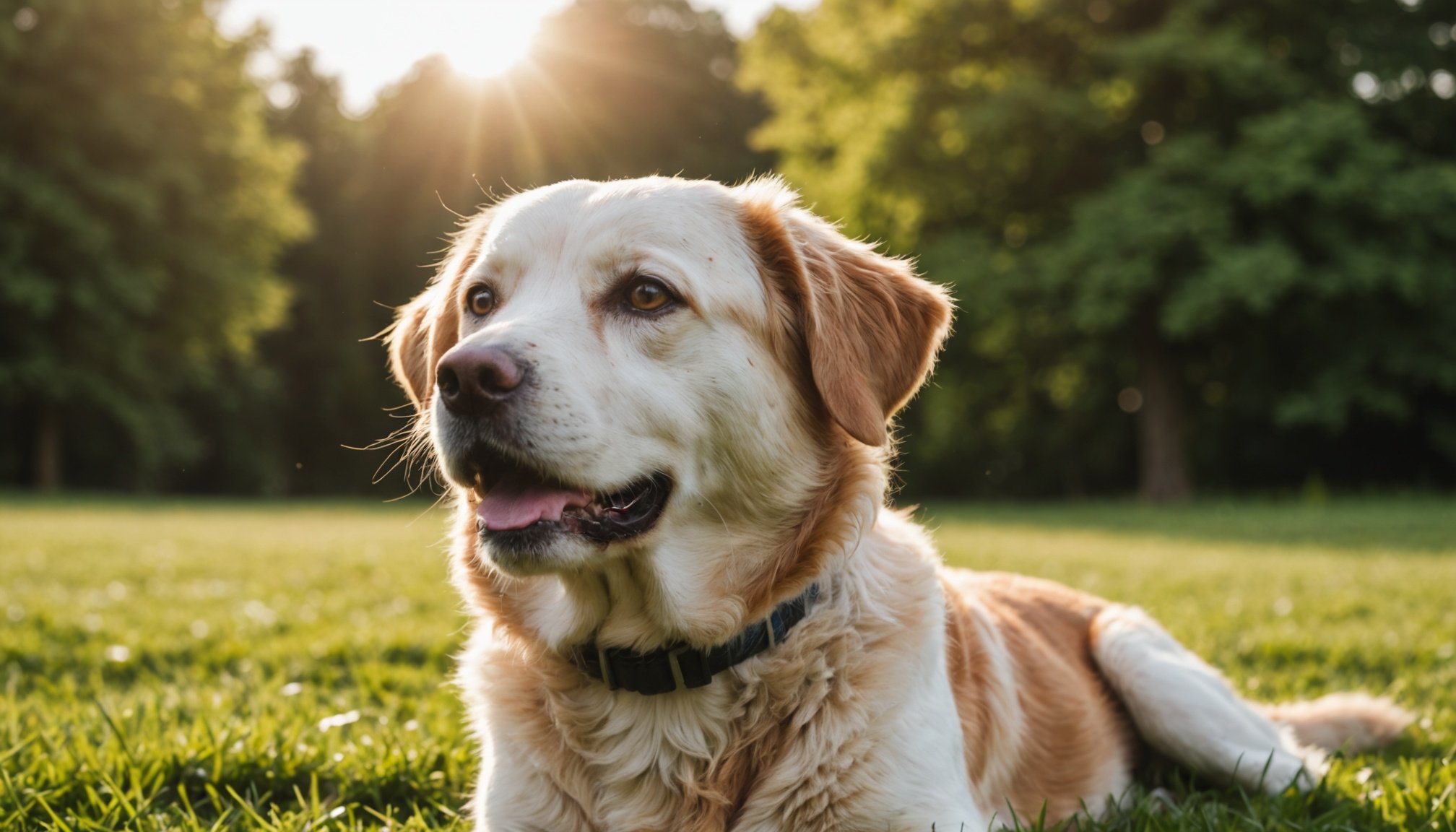Importance of Hydration for Pets During Heatwaves
During heatwaves, ensuring proper hydration is crucial for pet health. Pets, like humans, need consistent access to water, as it helps regulate their body temperature and maintain vital organ functions. It’s essential to keep fresh, clean water readily available at all times, especially in extreme heat. Monitoring your pet’s water intake can prevent dehydration, a common issue during hot weather spells.
Recognising signs of dehydration in pets is vital. Symptoms may include dry gums, lethargy, sunken eyes, and excessive panting. If you observe these signs, offer water immediately and consult a veterinarian if necessary. It’s important to act swiftly, as dehydration can escalate quickly into a severe health issue.
Also read : Essential Tips for Creating the Perfect Tropical Betta Fish Tank: Key Factors to Consider
The recommended daily water intake varies according to pet size. Generally, dogs require approximately one ounce of water per pound of body weight daily, while cats need about 3.5 to 4.5 ounces per five pounds. Adjust these amounts based on activity levels and specific breed needs. Ensuring your pet stays hydrated not only supports their health but also enhances their comfort during challenging heat conditions. Remember, a hydrated pet is a healthy pet.
Safe Outdoor Activities for Pets in Hot Weather
When temperatures soar, ensuring outdoor safety for pets becomes crucial. To start, the best times for walking pets are usually dawn and dusk. During these cooler periods, you reduce the risk of heatstroke and burnt paws on hot pavements. It’s wise to test surfaces with your own hand; if it feels too hot, then it is unsafe for your pet’s paws.
In parallel : Essential Care Tips for Keeping Your Sphynx Cat Comfortable in Chilly British Weather
Incorporating heat safety in daily routines, consider alternative fun activities in shaded areas. A simple game of fetch in the shade or a supervised splash in a secure kiddie pool can offer relief and enjoyment. These activities not only keep pets cool but mentally stimulated.
Moreover, it’s critical to adjust exercise routines during heatwaves. Reducing activity level and duration can prevent overexertion. Hydration is imperative, so always carry ample fresh water for your pet.
Lastly, exploring indoor options like puzzle feeders or training sessions can substitute for outdoor exercises on exceptionally hot days. These alternatives maintain your pet’s fitness and mental well-being without compromising safety. Remember, these adjustments ensure that pets enjoy outdoor activities comfortably and safely, even during the heat.
Cooling Methods to Keep Pets Comfortable
Keeping pets cool is essential for their wellbeing, especially during warmer months. Various cooling products are specifically designed to aid pet comfort. These include cooling mats and vests which help in regulating a pet’s body temperature efficiently. Such products often use special non-toxic gels that remain cool for extended periods, providing relief from heat.
In addition to commercial cooling aids, homemade solutions offer a cost-effective approach to heat management. One simple method is providing frozen treats like ice cubes filled with broth or small chunks of fruit. These not only provide hydration but also help in lowering body temperature.
Furthermore, air circulation at home plays a critical role. Ensure fans and air conditioners are strategically placed to optimise airflow. This helps in creating a comfortable and cool environment, making it more pleasant for animals.
Additionally, establishing shaded areas, whether indoors with blinds and curtains or outdoors with shade sails or umbrellas, can significantly contribute to reducing heat exposure. This is crucial for cooling pets naturally and maintaining a soothing atmosphere. By combining these strategies, pet parents can effectively ensure their furry companions remain comfortable and healthy, no matter the temperature.
Recognizing Signs of Heatstroke in Pets
Understanding the symptoms of heatstroke in pets is crucial, as early detection can save a life. Common signs include excessive panting, drooling, and difficulty breathing. Pets may also exhibit weakness, confusion, or collapse. In more severe cases, a pet emergency might present with vomiting or a bright red tongue and gums.
When these signs appear, quick action is imperative. Start by moving your pet to a cool, shaded area to reduce body temperature. Providing water is essential; however, ensure they drink small amounts to avoid causing further distress. Use damp cloths or towels to apply cool, not cold, water to their body, focusing on the paws and underbelly.
Immediate veterinary care is critical if your pet shows any heatstroke signs. This ensures they receive professional evaluation and treatment. Rapid deterioration can occur, making it essential to prioritize professional intervention.
In the world of pet care, understanding how to react in emergencies can make all the difference. By recognizing symptoms and acting swiftly, you can protect your pet from the severe consequences of heatstroke.
Breed-Specific Advice for Heat Management
When it comes to managing heat sensitivity, understanding your pet breed’s specific needs is crucial. Some breeds are inherently more susceptible to heat-related issues. These include brachycephalic breeds like Bulldogs and Pugs, which have shorter snouts that can compromise efficient breathing. Likewise, breeds with thick fur such as Huskies may find it more challenging to cool down during heatwaves.
Tailoring care based on these breed characteristics is vital to ensure their well-being. For example, extra caution should be taken to maintain a cool environment for heat-sensitive breeds. Owners might consider scheduling outdoor activities during cooler parts of the day or providing access to shaded, ventilated areas to prevent overheating.
Yet, knowing your responsibilities as an owner goes beyond just adjusting routines. Monitoring for signs of heat stress—such as excessive panting or lethargy—is part of addressing breed-specific needs. Use fans or cooling mats where necessary and ensure fresh water is always accessible.
By acknowledging the unique needs of each pet breed, you not only help prevent potential heat-related complications but also promote a healthier, happier lifestyle for your furry friends.
Expert Insights and Personal Anecdotes
In the thick of a heatwave, pet owners often find their love for their four-legged companions challenged by intense temperatures. Many share experiences of improvising ways to ensure their pets remain comfortable. Creative solutions range from DIY cooling pads to setting up mini sprinkler systems for backyard play. These stories remind us of the innovative ways pet owners adapt for their pets’ well-being.
Dr. Emily Grant, a veterinarian with years of heat safety expertise, advises pet owners on vital precautions. She stresses keeping pets indoors during peak heat hours and ensuring they always have access to fresh water. Her expert advice also includes checking pavement temperatures before walks to prevent paw burns—a key detail often overlooked.
Community support plays a pivotal role, as pet owners band together, sharing resources and tips in extreme weather. Online forums and local groups provide platforms for exchanging advice and offering assistance, demonstrating the community’s importance during trying times. Pet owners find comfort in knowing they’re not alone while navigating heat safety challenges. These expert insights and personal anecdotes provide a valuable resource for ensuring that pets remain safe and comfortable, showcasing the community’s resilience.











